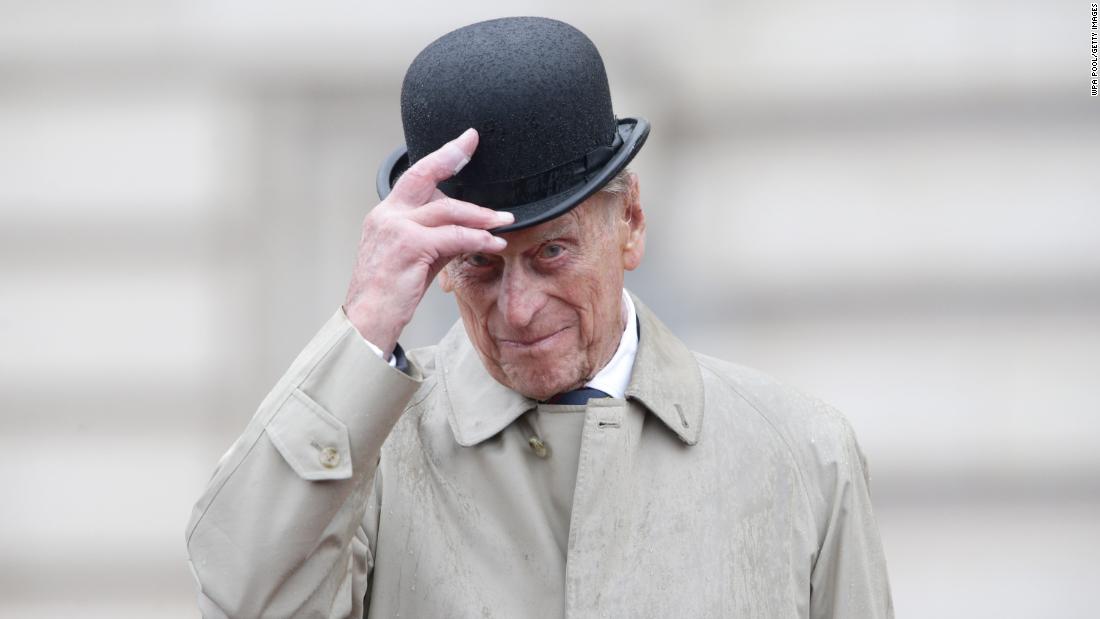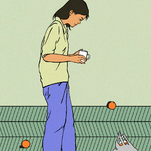From Mental Health Break to Wimbledon Semifinals: Amanda Anisimova’s Inspiring Tennis Comeback
In a sports world often focused on immediate results and constant pressure, Amanda Anisimova’s journey to the 2025 Wimbledon semifinals represents something far more meaningful than just another tennis success story. It’s a testament to resilience, mental health awareness, and the power of taking time to heal when life becomes overwhelming.
A Champion’s Crisis
Two years ago, Amanda Anisimova was at a crossroads that millions of young people can relate to, though few face it on such a public stage. Despite being a rising star in tennis with a French Open semifinal appearance at just 17 years old, the pressure and expectations had become suffocating.
On May 5, 2023, Anisimova made a brave decision that shocked the tennis world. In a heartfelt Instagram post, she announced she was stepping away from professional tennis, writing: “I’ve really been struggling with my mental health and burnout since the summer of 2022. It’s become unbearable being at tennis tournaments. At this point, my priority is my mental well-being and taking a break for some time.”
The announcement came after a devastating personal loss. Just months after her breakthrough performance at the 2019 French Open, Anisimova suffered an unimaginable tragedy when her father, who was also her coach, was found dead ahead of the US Open. The loss sent her into a spiral of grief and mental health struggles that would take years to fully process.
The Courage to Step Away
What makes Anisimova’s story so powerful is not just her eventual return to success, but her willingness to prioritize mental health over career advancement. In a sport where athletes often push through pain and emotional trauma, she chose a different path.
“I think it was just more of a necessary thing to kind of reset with where I was at in my life and career-wise,” Anisimova explained to reporters this week. “It was just something that I needed to do kind of for myself. Yeah, I feel like that really served me, definitely.”
During her time away from tennis, Anisimova didn’t waste the opportunity for personal growth. She discovered a new passion for art, which became a therapeutic outlet during her darkest moments. “I got into art when I was struggling with my mental health, and it was something that I did in my free time just to get my mind off of things,” she shared.
The Long Road Back
When Anisimova returned to professional tennis in January 2024, the climb back to the top seemed almost impossible. Her ranking had plummeted to No. 442 in the world, and she faced the daunting task of rebuilding not just her game, but her confidence and love for the sport.
The comeback wasn’t immediate or easy. Just one year ago, Anisimova wasn’t even in the Wimbledon main draw, having lost in the third round of qualifying. The contrast with her current position in the semifinals serves as a powerful reminder that recovery and success rarely follow a straight line.
“Coming out of that break, it wasn’t all upward,” Anisimova admitted, acknowledging the challenges she faced upon her return. The honesty about her struggles makes her current success all the more remarkable.
American Tennis Renaissance
Anisimova’s breakthrough at Wimbledon 2025 is part of a broader resurgence in American tennis that has captivated fans across the nation. This year’s Wimbledon features 35 American players in the singles draws, the most since 1999, signaling a golden era for American tennis.
The women’s side has been particularly dominant. Four American women currently sit in the WTA top 10, and American players have reached the finals of the last three Grand Slam women’s singles events. Coco Gauff’s recent French Open victory and Madison Keys’ Australian Open triumph earlier this year have created a wave of momentum that Anisimova is now riding.
At 23, Anisimova has become the youngest American woman to reach the Wimbledon semifinals since Serena Williams achieved the feat at age 22 in 2004. The comparison to Williams is particularly meaningful, as Anisimova now has the opportunity to become the first American woman to win Wimbledon since Williams claimed her final title at the All England Club in 2016.
Grass Court Mastery
What makes Anisimova’s current run even more impressive is her dominance on grass courts, a surface that many players struggle to master. She has won 11 of her past 13 matches on grass this year, more than any other player on the WTA Tour. Her powerful baseline game, featuring aggressive groundstrokes from both wings, has translated remarkably well to the traditionally serve-and-volley surface.
“I’ve been playing well this season on grass,” Anisimova noted. “It’s been an extraordinary year for me. So many highs. It’s just been such a ride, and I’ve been enjoying every step of the way.”
Her path to the semifinals has been nothing short of dominant. After building commanding leads in her matches, Anisimova has shown mental toughness in closing out victories, including a thrilling quarterfinal win over Anastasia Pavlyuchenkova that required her to overcome a late rally and win a 20-point tiebreak.
Family Support and New Beginnings
One of the most touching aspects of Anisimova’s Wimbledon run has been the presence of her family, particularly her young nephew Jackson, who flew in from the United States to watch her matches. After her quarterfinal victory, Anisimova brought the 3-year-old onto the grass court at Wimbledon’s No. 1 Court to help celebrate reaching her first Grand Slam semifinal in six years.
“I’m just super grateful that they flew in and got to experience this with me,” Anisimova said, her voice filled with emotion. “It doesn’t happen often, so it’s just super special.”
The family support represents a stark contrast to the isolation she felt during her mental health struggles, highlighting how crucial support systems are in both recovery and success.
Facing the Ultimate Test
Anisimova’s semifinal opponent, world No. 1 Aryna Sabalenka, represents the ultimate test of her comeback journey. Ironically, Anisimova actually holds a 5-3 head-to-head record against Sabalenka, including victories during her early career breakthrough. However, Sabalenka has won three of their four most recent encounters, including a straight-sets victory at this year’s French Open.
“It’s going to be another super tough match,” Anisimova acknowledged. “I know she’s going to be playing some amazing tennis. I mean, there’s nobody better that I can play other than her. I’m really looking forward to the experience. I mean, I’m going to be playing against a No. 1 in a semifinal of Wimbledon.”
The matchup promises to be a compelling battle between two power hitters, with Anisimova’s current form and grass court success providing hope that she can overcome the world’s top-ranked player.
Breaking Barriers and Inspiring Others
Regardless of the semifinal outcome, Anisimova has already achieved something remarkable. She is guaranteed to make her debut in the top 10 after Wimbledon, reaching a career-high ranking that seemed impossible during her darkest moments just two years ago.
More importantly, her story has become an inspiration for athletes and young people struggling with mental health challenges. By openly discussing her battles with depression and burnout, Anisimova has helped normalize conversations about mental health in professional sports.
Her journey also challenges the traditional narrative that success requires constant forward momentum. Sometimes, the bravest and most successful path involves stepping back, healing, and returning stronger than before.
A New Chapter in American Tennis
Anisimova’s resurgence coincides with a broader renewal in American tennis that extends beyond just her individual success. With Ben Shelton also reaching the Wimbledon quarterfinals on the men’s side and multiple Americans performing well across both draws, there’s a sense that American tennis is entering a new golden age.
The success stories are particularly meaningful because they represent diverse paths to the top. While some players like Coco Gauff achieved early success and maintained it, others like Anisimova have shown that setbacks and mental health struggles don’t have to end dreams.
The Art of Resilience
Perhaps the most profound aspect of Anisimova’s story is how her artistic pursuits during her break have influenced her tennis. The creativity and emotional expression she found in art have translated to a more relaxed and enjoyable approach to competition.
“Even times like today, when you’re not sure you’re going to cross the finish line, I keep reminding myself to enjoy the moment,” she said after her quarterfinal victory. This mindset represents a fundamental shift from the pressure-packed approach that led to her burnout.
Looking Forward
As Anisimova prepares for her semifinal showdown with Sabalenka, she carries with her the hopes of American tennis fans and the inspiration of anyone who has ever struggled with mental health challenges. Her journey from ranked No. 442 in the world to a Wimbledon semifinal in just 18 months is a testament to the power of patience, self-care, and refusing to give up on dreams.
Win or lose in the semifinals, Anisimova has already achieved something more valuable than any trophy: she has shown that it’s possible to prioritize mental health, take time to heal, and come back stronger than ever. In a world that often demands constant productivity and success, her story offers a different model of achievement—one that includes rest, recovery, and the courage to be vulnerable.
Her success at Wimbledon 2025 represents more than just a tennis comeback; it’s a powerful reminder that sometimes the most important victories happen off the court, in the quiet moments when we choose to take care of ourselves and trust that better days lie ahead.
As she steps onto Centre Court for her semifinal match, Anisimova will carry not just the hopes of American tennis, but the dreams of everyone who has ever needed to step away, heal, and find their way back to what they love. That’s a responsibility she seems ready to embrace, armed with a new perspective on success that values mental health as much as match wins.
In a year that has been marked by tragedy and challenges for many, Amanda Anisimova’s story offers something precious: hope, and proof that with time, support, and self-compassion, it’s possible to come back from even the darkest moments stronger than before.











